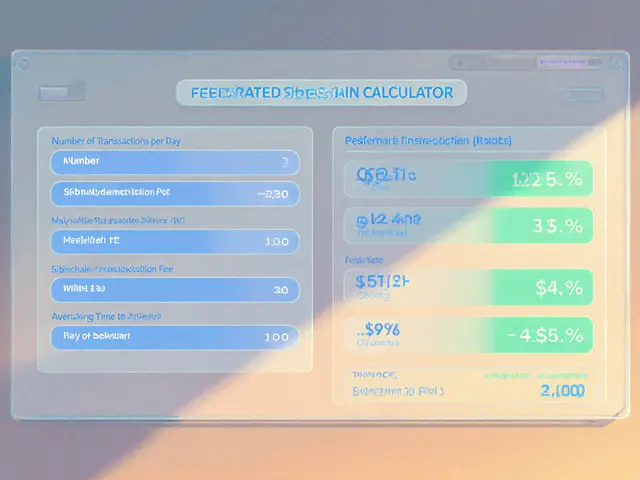Algorithmic Stablecoins: How They Work and Why They Matter
When working with algorithmic stablecoins, digital tokens that try to stay pegged to a target price by automatically adjusting supply through code rather than holding a basket of assets. Also known as algorithmic stablecoins, they depend on market incentives, smart‑contract rules, and community governance to limit price swings.
These tokens sit inside the broader family of stablecoins, cryptocurrencies designed to hold a steady value, usually linked to a fiat currency like the US dollar. Unlike fiat‑backed stablecoins that keep reserves in banks, algorithmic versions use price oracles, on‑chain services that feed real‑time market prices into smart contracts to decide when to mint or burn tokens. The system’s governance tokens, voting assets that let holders tweak monetary rules, set fees, or approve upgrades act as the decision‑making layer, influencing the algorithm’s policy. In short, algorithmic stablecoins encompass supply‑adjustment mechanisms, require reliable price oracles, and are shaped by governance token holders. This triad creates a feedback loop: if the market price drifts above the peg, the protocol mints new tokens, diluting supply; if it falls below, tokens are burned, tightening supply.
Key Components and Real‑World Implications
Understanding the core pieces helps you see why these coins attract both excitement and caution. First, the supply algorithm can be simple (like a fixed rule that adds 1 % of tokens daily if price is high) or complex (using multiple phases, bonding curves, and staking incentives). Second, price oracles must be accurate and resistant to manipulation; otherwise, the algorithm could react to false data, causing runaway inflation or a hard crash. Third, governance tokens give the community power, but they also bring politics—vote‑splits, lobbying, or short‑term profit motives can destabilize the system.
Recent headlines show the range of outcomes. Some projects, such as the one covered in our "Stablecoin Use Cases Beyond Trading" guide, successfully use algorithmic designs to power cross‑border payments with low fees. Others, like the infamous "meme‑stablecoin" failures, illustrate how a weak oracle or poorly designed incentive can wipe out billions in seconds. Our collection below dives into these stories, from practical tokenomics breakdowns to regulatory outlooks, giving you a toolbox to evaluate any algorithmic stablecoin you encounter.
Whether you’re a trader looking for low‑volatility assets, a developer building DeFi apps, or just curious about the future of money, the posts ahead will show you how algorithmic stablecoins fit into the larger crypto ecosystem, what risks to watch, and where the next innovations might appear. Keep reading to get actionable insights, real‑world examples, and a clear picture of why algorithmic stablecoins continue to spark debate across the blockchain world.

Learn how algorithmic stablecoins maintain a dollar peg using supply‑adjusting algorithms, key models, real examples, risks, and future outlook.
Jonathan Jennings Apr 4, 2025




